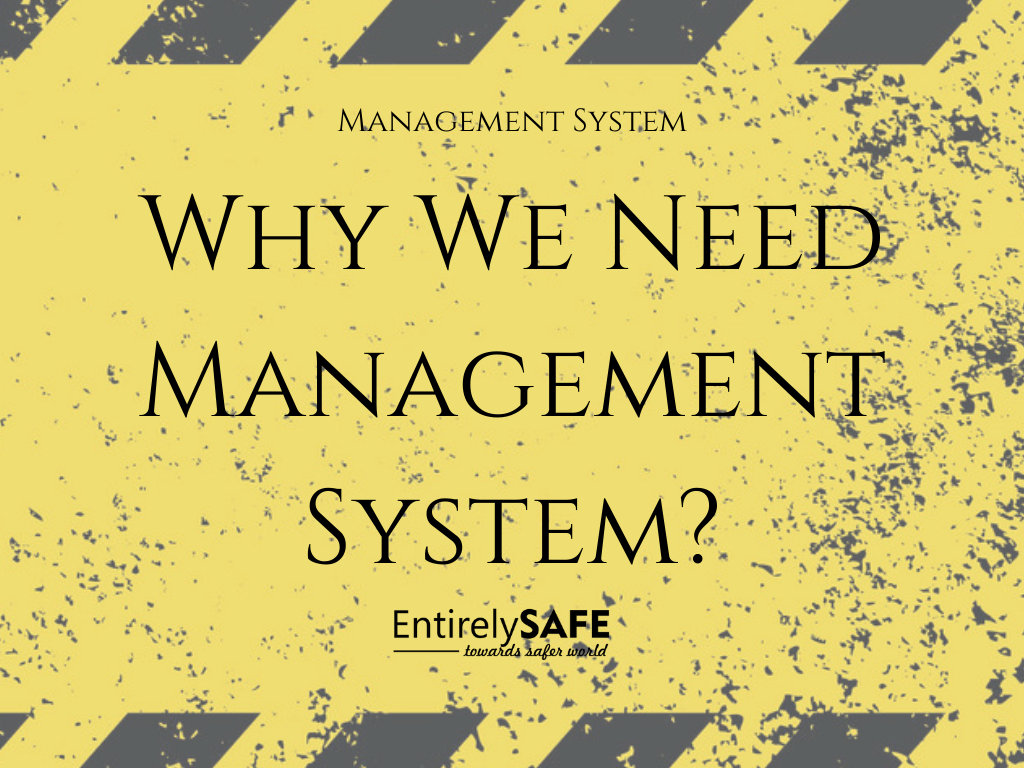Why we need Health and Safety Management Systems

CONTENT
Management system models offer a framework for management to focus on in order to manage health and safety.
Management involves:
- Policy-making.
- Setting objectives and performance standards.
- Providing resources.
- Making judgments – considering alternatives.
- Coming to decisions.
- Taking action.
- Accountability.
- Monitoring and control.
Health and safety management is no different, and a health and safety management system is designed to deliver these elements of management. Safety regulatory requirements place on management the major responsibility for the health and safety of workers and others on a company’s premises. While most of these duties cannot be delegated, day-to-day activities can be and a management system provides a framework to coordinate these activities to deliver the agreed objectives.
The following are key issues that a health and safety management system is required to deliver:
Appropriate Allocation of Resources
The provision of both financial (for equipment, training, consultancy, etc.) and manpower (enough and with the right skills) resources is essential in the management of health and safety. Risk assessment is a powerful tool for identifying priorities for which resources need to be allocated.
However, management expects that the benefits will outweigh the costs because accidents and compensation for occupational illness can be very expensive items. Costs of accident and ill-health prevention need to be carefully and effectively controlled.
An important factor in this is that the costs of accident prevention have a ‘lead time’. Money has to be spent in advance of the benefits being felt. Safety training, which may also be a requirement of legislation, shows results sometime after the expenditure has been incurred. The safety practitioner needs to think very carefully about how to calculate the cost of accidents and ill health so that there are definite figures available to demonstrate the benefits of any accident reduction which has been achieved.
Appropriate Allocation of Responsibilities
Part of management control is making sure that responsibilities for specific tasks and roles are allocated to individuals within the organization.
Responsibilities must be:
- Clear, so people know what they are responsible for.
- Allocated to individuals who have the necessary competence.
- Supported with necessary resources.
- Linked to accountability.
Everyone will have responsibility for health and safety to some extent but some individuals will have specific additional responsibilities, such as:
- Preparing plans to implement the health and safety policy.
- Carrying out risk assessments in accordance with specific regulations.
- Periodic monitoring of health and safety performance.
- Providing training.
- Checking contractors’ health and safety performance before awarding contracts.
Setting and Monitoring Performance Standards
In order to determine how well an organization is performing in any function, you need to have something to measure. It is important to ensure that everybody knows what is expected of them in controlling risks within the organization. Performance standards should ensure that the intentions of the safety policy are transferred into action. Standards should be measurable, achievable, and realistic.
Standards should:
- Set out clearly what people need to do to contribute to an environment that is free of injuries, ill health, and loss.
- Help identify the competencies that individuals need to fulfill their responsibilities.
- Form the basis for measuring individual, group, and organizational performance.
Responsibilities should be linked to specific outputs. Good performance standards should identify:
- Who is responsible – either by name or position. Those given responsibilities should be competent to carry out the tasks.
- What they are responsible for – what needs to be done and how it is to be done.
- When the work should be done – is it a regular occurrence, such as a monthly inspection, or irregular and only when certain tasks are carried out?
- What the expected result is – do any legal requirements have to be satisfied, such as attaining a certain level of noise? The result may, alternatively, be the achievement of a specified organizational output, such as training.
To ensure that the standards are being achieved, it is important to monitor them. This will allow shortcomings to be identified and action is taken to correct them. Monitoring should be seen as an integral part of the management system and not as ‘checking up’ on individuals.
Feedback and Implementation of Corrective Action
For any system to be effective, it must have a complete loop that allows for action to be taken where discrepancies are identified. By feeding back information obtained during monitoring and audit processes to the appropriate people within the organization, suitable corrective action can be implemented. Without this important function, the whole management system will fail to develop and become a paper exercise with no discernible improvement in safety.
A health and safety management system provides an organized framework to prevent accidents, incidents, and occupational ill-health through better risk management. The more strategic reason for having such a system is to improve the health and safety culture of the organization but, in practical terms, effective risk management and improvement in health and safety culture both stem from a sound health and safety management system.
A simple justification for introducing a health and safety management system is to improve the business through:
- Better health and safety performance, which will reduce the costs from accidents and incidents.
- Greater awareness of legal requirements, which will reduce the chances of committing an offense.
- Improved relations and morale as employees see that their health and safety are being looked after.
- Improved image and positive public relations from a publicly responsible attitude towards employees.
- Greater business efficiency will reduce costs.
- Reduced insurance premiums, by demonstrating more effective risk control.
- Greater confidence from banks and investors by showing more effective risk management systems.

